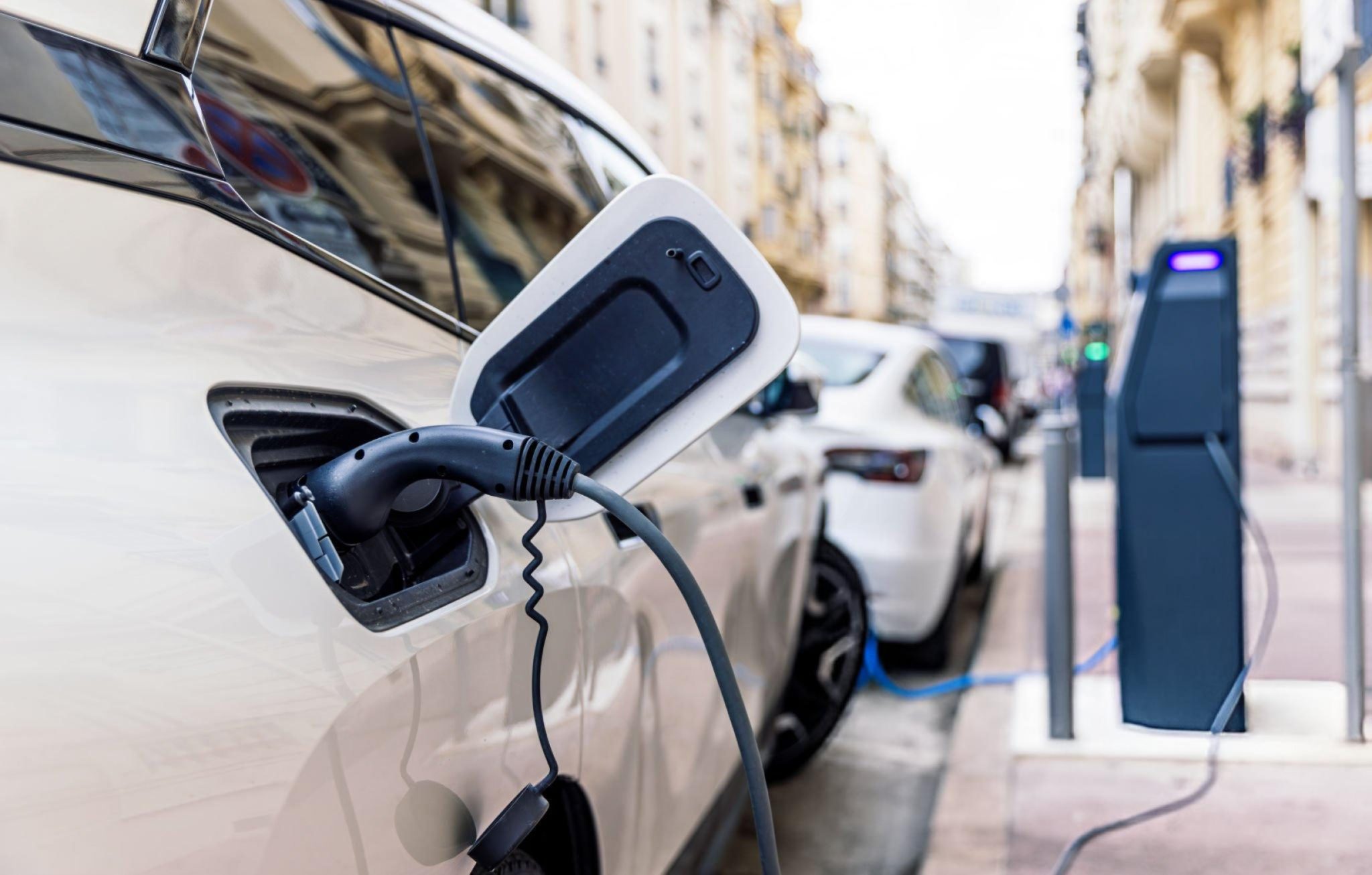Scientists blast through battery world record, sparking hope for breakthrough technology
In a landmark scientific achievement, researchers have shattered a world record in battery development, paving the way for transformative advances in energy storage and potentially heralding a new era for electric vehicles and other cutting-edge technologies.
The team of scientists, working at the Technical University of Munich, have developed a lithium-based material that exhibits the fastest conductivity ever recorded among known substances of its kind. This major leap forward is seen as a critical step towards the commercial viability of solid-state batteries – a long-anticipated replacement for the current lithium-ion standard.
Solid-state batteries are widely regarded as the holy grail of battery technology. Unlike traditional lithium-ion batteries, which rely on liquid electrolytes and are susceptible to overheating and even combustion, solid-state alternatives use solid electrolytes. These are inherently safer and can offer significantly higher energy densities. In theory, this would allow electric cars to drive further on a single charge, charge more quickly, and maintain performance over longer periods.
However, the practical implementation of solid-state batteries has been hampered by a host of manufacturing and material challenges. Chief among these is the difficulty of creating solid materials that allow lithium ions to move freely – a key function in any battery’s ability to store and release energy.
Now, researchers say that a newly engineered material made of lithium, antimony, and scandium could offer a breakthrough solution. The material enables lithium ions to move 30 per cent faster than any previously reported substance in its class – a remarkable increase that not only sets a new world record but also opens up fresh avenues for application and experimentation.
“We believe that our discovery could have broader implications for enhancing conductivity in a wide range of other materials,” said Jingwen Jiang, one of the lead authors of the study. The researchers argue that the strategy of incorporating small amounts of scandium has revealed a novel mechanism that may well be applicable across a broader array of materials.
Hubert Gasteiger, co-author and professor at the Technical University of Munich, added: “By incorporating small amounts of scandium, we have uncovered a new principle that could prove to be a blueprint for other elemental combinations. While many tests are still needed before the material can be used in battery cells, we are optimistic.”
The paper details how the inclusion of scandium disrupts the crystal structure of the lithium-antimony compound just enough to create vacancies that enable faster movement of lithium ions. This structural disorder, counterintuitively, enhances the conductivity of the material – a key requirement for efficient battery performance.
The discovery could eventually accelerate the development of commercial-grade solid-state batteries, enabling a new generation of technologies from longer-range electric cars to more efficient portable electronics and even grid-level energy storage.
Despite the enthusiasm, researchers caution that the road to mass production remains complex. Numerous further tests are required to ensure stability, scalability, and cost-effectiveness. Nevertheless, the breakthrough has been hailed as a major milestone in battery research, and one that could have wide-reaching implications beyond just energy storage.
As scientists continue to refine and expand on this pioneering work, the dream of safer, faster, and more efficient batteries may be closer than ever to becoming a global reality.







